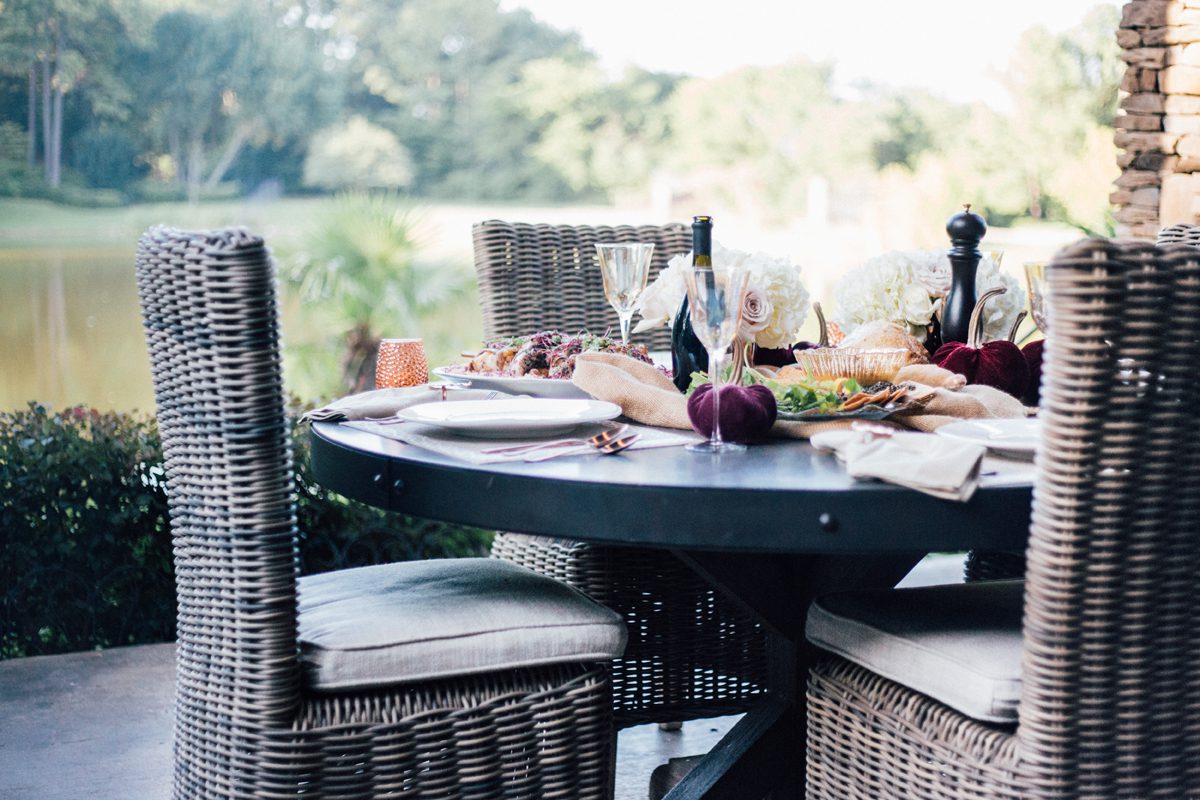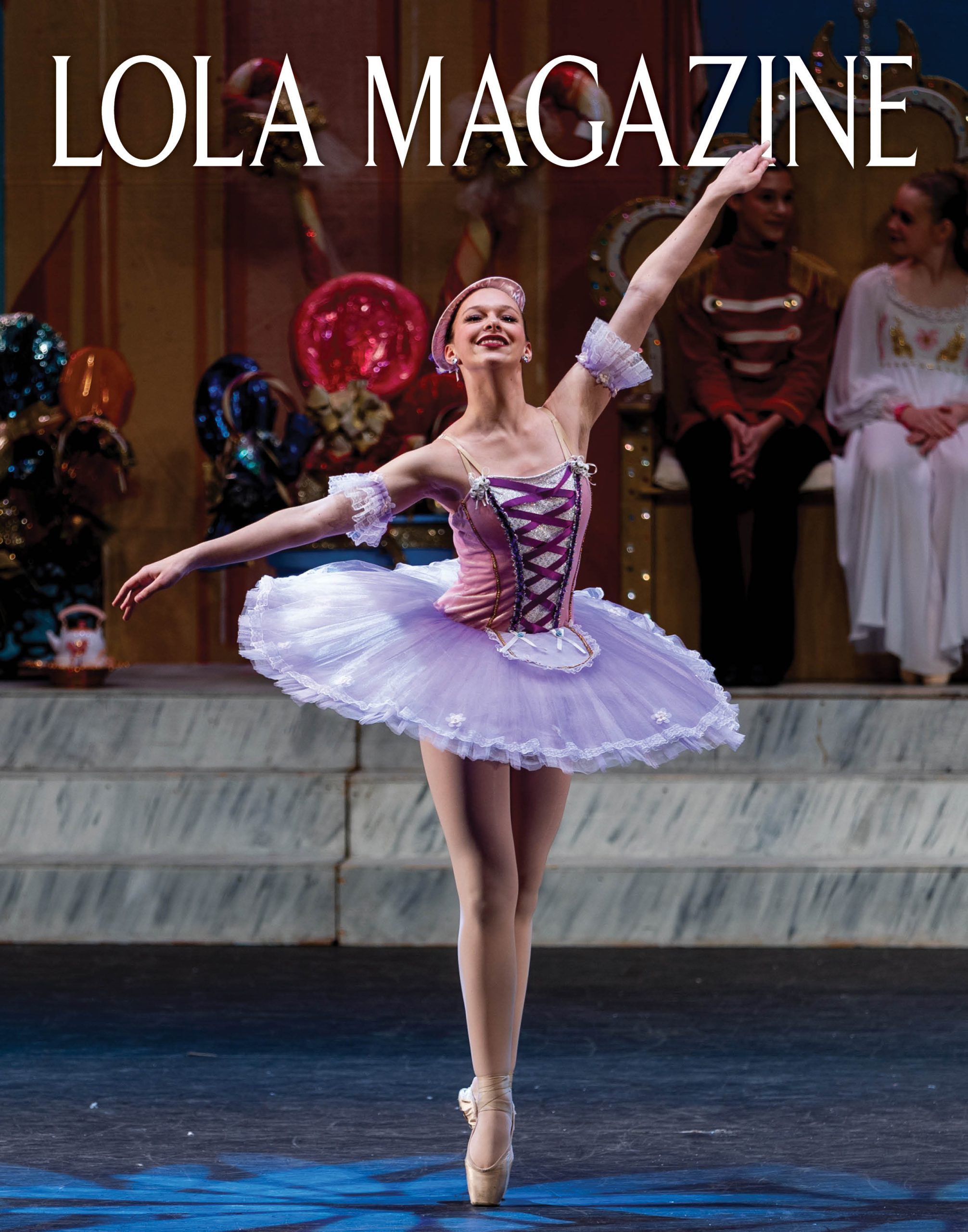The Making of a Movie, Part II: The people behind the scenes
By Kathy Spurlock
Last issue, we featured the months of behind-the- scenes work that goes on before the first
scene of any movie is filmed. Here’s a look at what happens while a movie is being filmed.
The filming of the Key Entertainment movie Cowboy & Indiana was scheduled at dozens of
locations throughout Ouachita and Morehouse parishes – private homes, office buildings, a
courtroom, restaurants, rodeo arenas, along the Ouachita River, and even in a prison cell.
The schedule called for six weeks of six-days- a-week production work, and each of those
production days were twelve to fourteen hours long.
A few scenes were scheduled to be filmed every day; therefore, the coordination of the various
units within the production company had to be on time and on target.
Production vehicles were moved into place before the crews arrived to start work. Lights and
cameras were set up first in each location; wardrobe moved in the necessary attire and props
for the day along with any tools needed to do a quick iron on wrinkles or to get something
wetter or dirtier to suit the director’s vision.
In a twelve-hour day, most of that time would be devoted to setting up the scenes and tearing
down the set. The actual shooting every day produced, generally, was about one hour’s worth
of film.
Craft services set up snacks, beverages and facilities for catering the day’s meals, along with
providing things like bug spray, sunscreen and other necessary items for the environment of the
day’s shoot. On-set security and nursing services were also part of the daily routine.
The crew would be called to work at a certain time and cast would be called later, presumably
closer to the time of actual filming.
The armies of extras used in many of the scenes were also called to arrive at a certain time and
“held” in a designated area until the moment came for them to go on set. That area also had to
be set up, staffed, and managed, and extras for future days’ needs had to be located.
Other staffers worked in an area called “base camp.” This area was led by the second assistant
director and was primarily where other behind-the- scenes crew members worked, ironing out
problems of the current day and preparing for the days ahead.
Base camp was where I spent most of my time as an executive producer of this faith-based
independent film written and directed by Rodney Ray.
Perhaps the challenge one day would be to work with our various locations to re-arrange some
film times based on weather forecasts while the next day it might be to fill in a gap where
something promised had fallen through.
My most memorable “fill in the gap” moment was when we had to locate a black Ford F-150
that had been wrecked with front-end damage to be used in a scene where the vehicle had
been run into a tree and was on fire. It had to not only be a wrecked truck with damage in the
right place; it had to be one that we could set on fire.
Donnie Plunk came through big-time on that one. He not only had the truck I needed sitting on
his lot, but he donated it to the movie. His generosity was something we experienced time and
time again with the amazing people in our communities while filming our faith-based film.
As I prepared this article, I was struck when I went to Plunk’s website to check the spelling of
his name.
There, bigger than life, Philippians 4:6-7 jumped out at me:
“Don’t worry about anything; instead, pray about everything. Tell God what you need, and
thank Him for all He has done. Then you will experience God’s peace, which exceeds anything
we can understand. His peace will guard your hearts and minds as you live in Christ Jesus.”
Through six challenging weeks of almost non-stop hard work, this cast and crew prayed
together daily, and we made a movie.
Next: Post-production is where the magic happens.









